And… is starting a garden really all about saving money?
Have you seen the price of plants at big box stores and some nurseries these days?
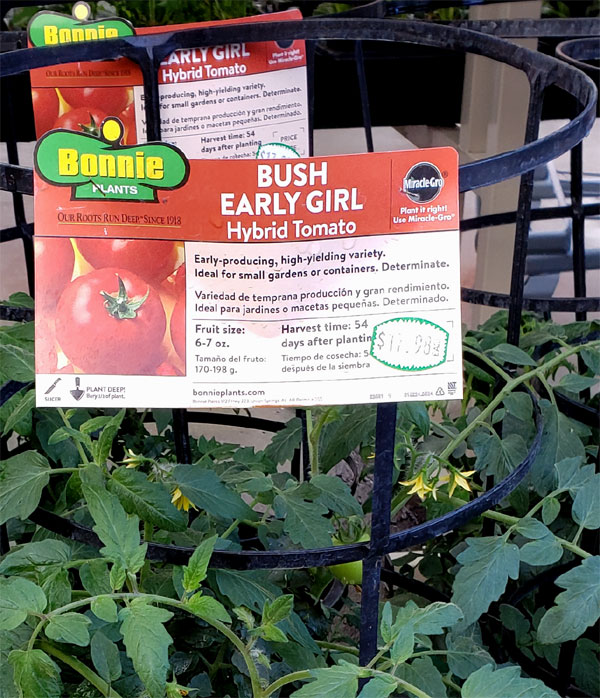
I recently took a stroll through a nearby garden center and was amazed at the price increases for plants and gardening supplies over the past year.
If I was just starting a garden this spring, I’d have some doubts about if it was worth the investment. However, being a frugal-minded homesteader, last year I was able to implement many cost-cutting techniques and find free resources for my first garden here in Florida. During the past year, I tracked all of my expenses and measured my harvest. I compared the cost of purchasing that amount of produce in a grocery store versus what I invested in starting the garden.
Near the end of this post, I’ll share with you what it actually cost us to start our garden in 2020.
Here are some ways that you too can make frugal decisions when starting or expanding your homestead garden.
Start-up Costs
One of the practical ways I think of my garden is like a food factory. I want to invest in the infrastructure necessary to produce nutritious food for me and my family.
When we moved into our current home a year ago, I found it to have a fenced back yard with a four-foot-wide flower/garden bed around the perimeter. I was excited to finally be able to plant a Florida garden until I discovered the soil was nothing but sand.
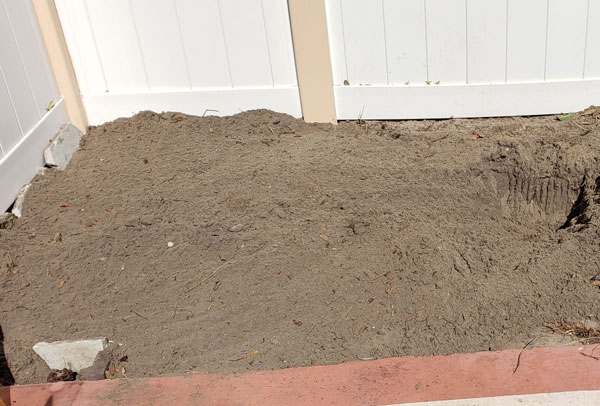
I considered options to overcome this problem such as soil amendments, adding garden soil and compost, putting raised beds over the sand, gardening in pots, and finding foods that grew specifically in this type of soil and climate.
Eventually, I chose a mixture of those options, keeping in mind how much money I wanted to invest.
Items I bought to start a healthy garden included:
- Garden soil
- Bagged compost
- T-posts
- Soil test kit
- Heat mat and plant light for seeds
- Seed starting mix
- Fertilizer
- Neem oil
- Seeds
The results of these investments are recorded in my monthly Garden Journal series. You can check those out for more detailed descriptions.
Free Resources
Plastic containers. There are many items that can be repurposed for use in the garden. I saved plastic food containers and reused them for seed starting and small pots.
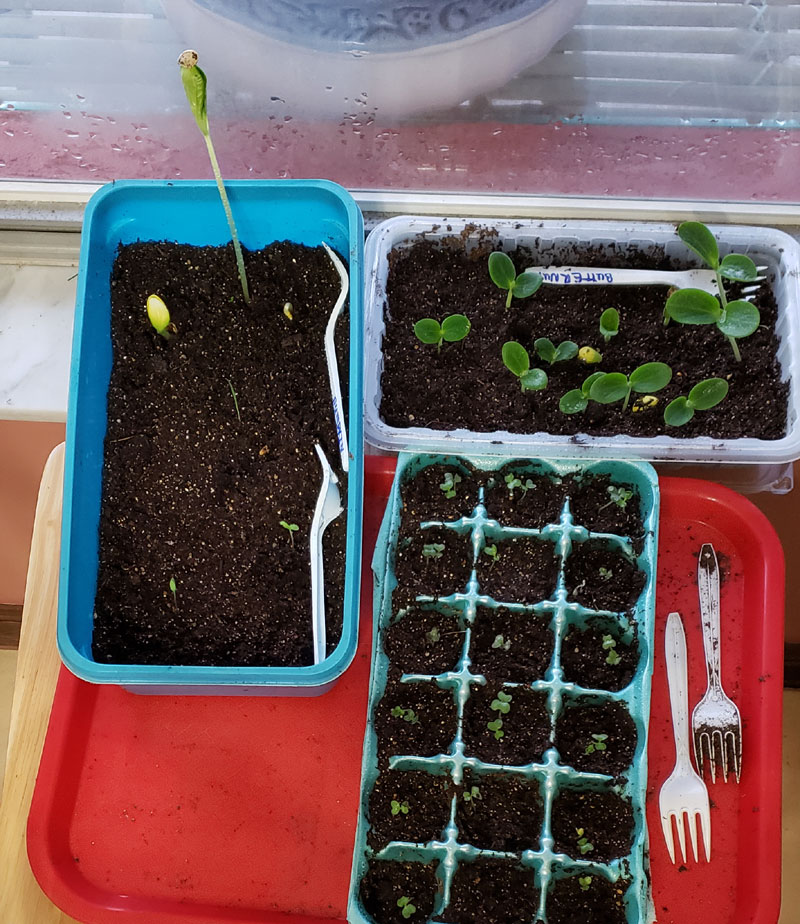
Five-gallon buckets. I was able to source free 5-gallon buckets and use them to store rainwater and plant trees and shrubs. They’re also great for transporting soil or harvested produce, brewing “weed tea,” or turning over and sitting on to take a 5-minute break.
Free seeds. My daughter gifted me with a selection of seeds for our new garden. Our neighbor across the fence gifted us with some lemons from her lemon tree. I currently have twenty lemon trees from seeds I sprouted from her lemons. I also saved seeds from organic food I bought at the grocery store. One organic sweet potato slip produced a 5-gallon bucket of sweet potatoes last fall.


I also grew butternut squash, jalapeno peppers, and marigolds from seeds I had saved.
Found items. My husband found some conduit pipe and fencing that someone had disposed of during a yard makeover. We repurposed the pipe by cutting it to size and using it as t-posts. The fencing supported squash vines last season. This season, it will support the passion fruit I grew from seed. We also found a shipping crate that we turned into a 4-foot by 4-foot raised bed.
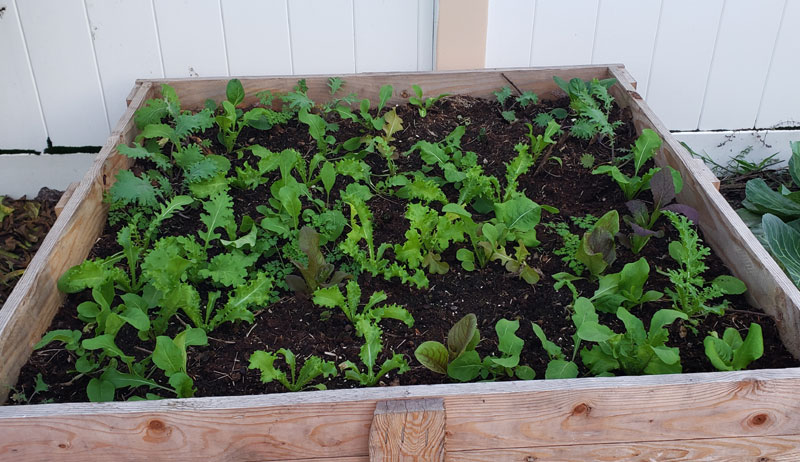
Free compost. Our compost pile is the first thing we started “growing” in our garden. We’ve tossed in all our veggie scraps, eggshells, coffee grounds, lawn clippings, and shredded tree branches. This super-nutritious soil we’ve created is free fertilizer for our garden.
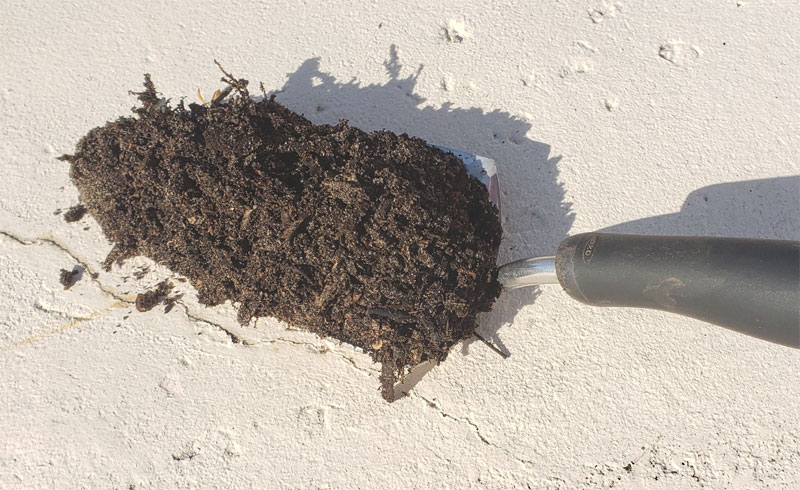
These are just a few ways we’ve cut costs in our garden. You can find other frugal methods of gardening in the post The Frugal 5 – Frugal in the Garden.
How creative can you get with repurposing items, sharing, or bartering with other gardeners?
The Bottom Line
How much money did I actually save on produce during the year 2020?
Total cost of materials, seeds, and plants for 2020 came to $741.56. The largest expense being an electric wood chipper for about one-hundred dollars.
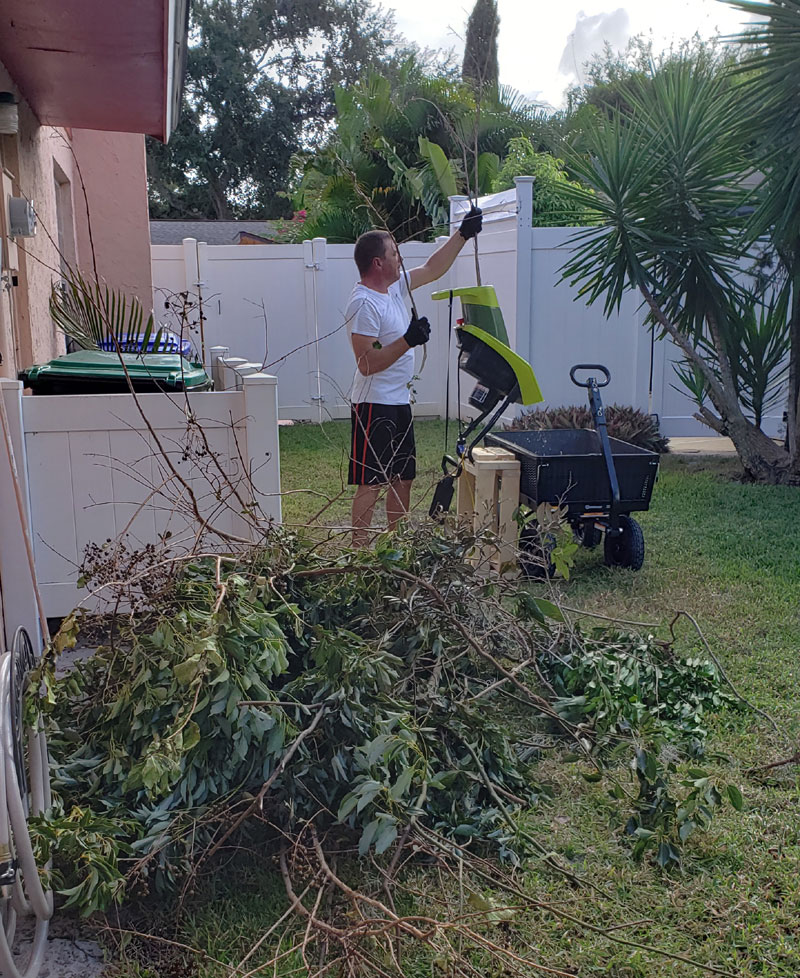
Total harvest of produce was 1,827.48 ounces recorded as harvested. This broke down to approximately 114 pounds of produce.
I took a trip to our local Walmart and wrote down the price of similar items I had grown, choosing the organic produce when possible.
For example, the grocery store only carried “organic” tomatoes. They do not sell Abe Lincoln or Cherokee Purple. I grouped all of my tomatoes under “organic” when evaluating their purchase price.
If I had purchased the equivalent of what I had harvested from my garden, I would have spent $545.09 last year.
Total Savings: -$196.47.
Wow! On a spreadsheet, that sure doesn’t look good!
However, this was a profitable first year garden. There are many ongoing benefits I gained last year in addition to food from annual plants.
Soil Amendments. Many of the soil amendments are still benefiting my garden for this-coming year. There is also leftover organic fertilizer and some neem oil I can still use.
Plants and seeds. There are several perennial plants that will reproduce for several years including my blackberry bush, peppermint, and passion fruit. Our fruit trees continue to thrive in their pots with promise of fruit a few years down the road. I’ve also saved seed from several annuals to replant this year such as jalapeno peppers, squash, and flowers. I have enough leftover seeds from last year, and do not plan to purchase any seeds or plants in 2021.
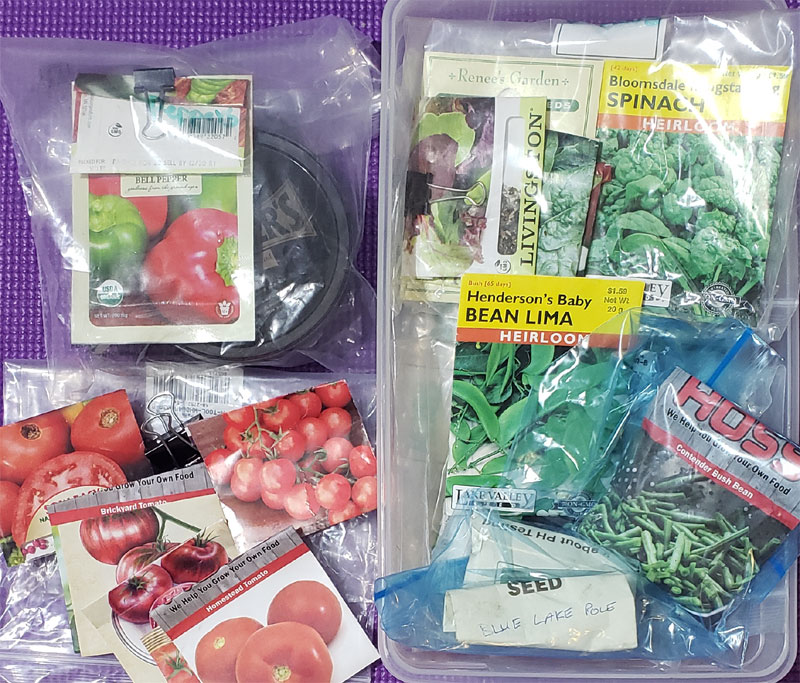
Garden Supplies. The t-posts, grow lights, heat mat, nursery pots, and several other items I bought last year can be used for many more years.
Things You Can’t Itemize in a Spreadsheet
These are perhaps the most beneficial things I’ve gained in the past year that have nothing to do with money.
- Fresh air, sunshine and exercise. Working in the garden is great for your health. It reduces stress and strengthens your muscles. You get your daily dose of vitamin D too. Gardening has helped me and my husband stay strong and healthy.
- Together time. Mike and I spend a lot of time working together in the garden. It strengthens our relationship and is just a fun activity to do together.
- Healthier food. Yes, we grew some of our own food instead of purchasing it. But its overall nutritional value was an even greater benefit than saving money.
- Learning experience. Although I’m an experienced gardener, learning to grow different foods in a new climate has been a fun challenge. Thankfully, I’ve found many people and resources to guide me.
- Investment in the future. Perennial plants, new skills, and a healthier lifestyle are some other benefits to gardening. I am looking forward to each garden season and what it has to offer.
So how cost-effective is a start-up garden?
I would say it’s immeasurable.
Investing your money and time can reap lifelong benefits that are priceless. Gardening is a cost-effective activity for everyone.
Give it a try, if you haven’t already.
If you’re already gardening, expand your horizons (or even your gardening space!) Share with other gardeners, especially new ones, and pay-it-forward when you can.
You’ll reap so much more than just some fruits and veggies!
Happy gardening!
Alisa